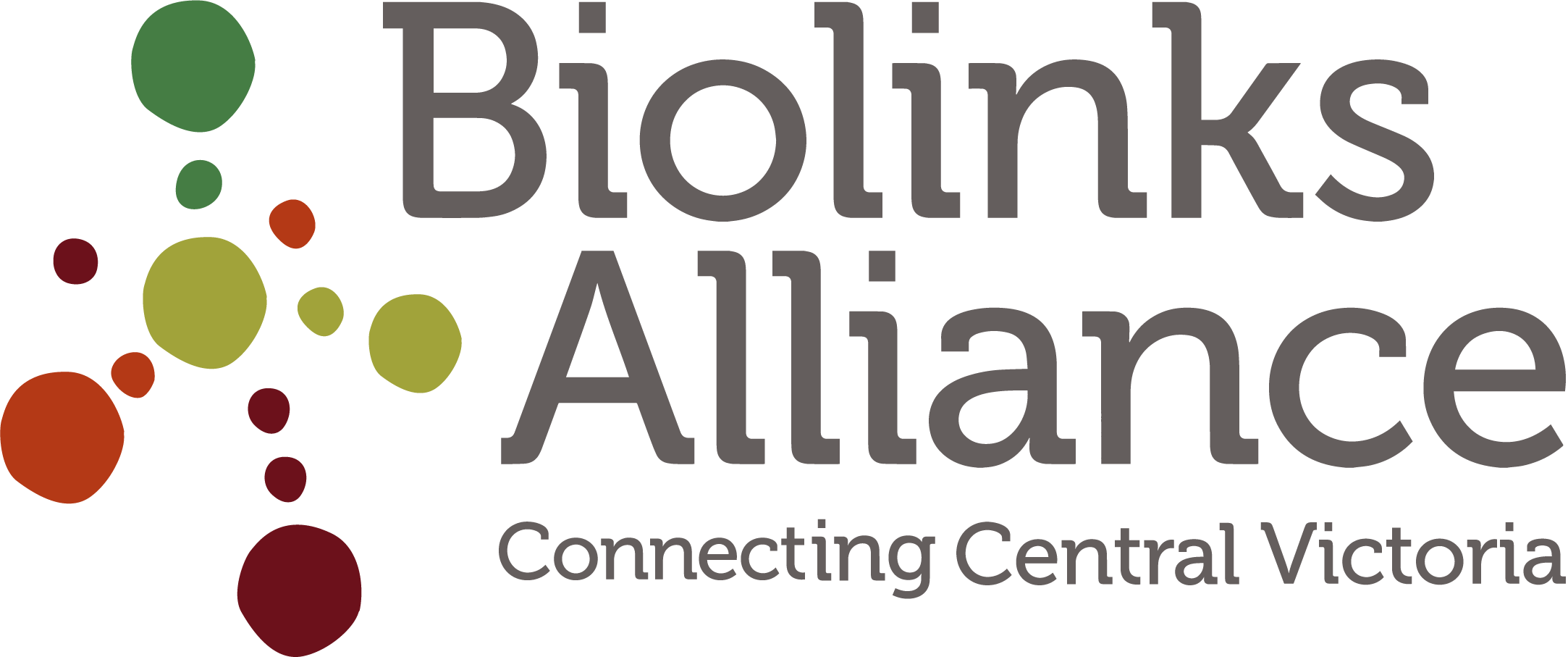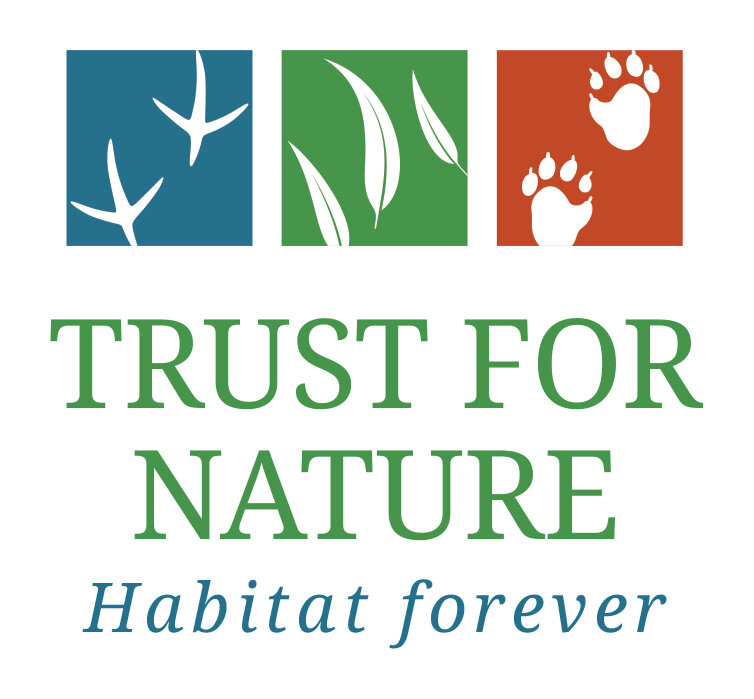Squirrel Gliders on the Molyullah Floodplain
Focussing on low-altitude forests and woodland supporting squirrel gliders and other open forest species
Trust for Nature partnered with the Molyullah/Tatong Tree and Land Protection Group to investigate whether the Sugar Glider (Petaurus breviceps) and the endangered Squirrel Glider (P. norfolcensis) survive on the Molyullah floodplain.
The Molyullah Study Area showing Squirrel Glider records (white markers) and anecdotal, unidentified glider records (pink markers). The green polygon represents treed habitat that is contiguous (no gaps greater than 50 m) with habitat where gliders are known to occur.
Squirrel Gliders are known from many districts in north-east Victoria. Some records come from conservation reserves like Chiltern-Mt Pilot National Park, Reef Hills State Park, Warby Ranges State Park. Many more come from private property and unreserved public land along roadsides and riparian zones.
The most secure populations are those in conservation reserves, but Squirrel Gliders in narrow, linear reserves provide the connections that underpin the longer term genetic health of the species. It’s these populations that are most at risk of local extinction, but also offer significant opportunity for landholders to contribute conservation outcomes for this threatened species.
The Hollands Creek is a major tributary of the Broken River. Their confluence is just upstream of Benalla and has created a sizable floodplain. It is fertile farming country that has been almost completely cleared of native vegetation for over a century.
Trust for Nature partnered with the Molyullah/Tatong Tree and Land Protection Group to investigate whether the Sugar Glider (Petaurus breviceps) and the endangered Squirrel Glider (P. norfolcensis) survive on the floodplain.
The project conducted nocturnal surveys in 2019 across a 12,000 ha study area and confirmed the presence of Squirrel Gliders in both riparian and roadside vegetation on the Molyullah floodplain. The project found that the highest quality and most important habitat was the River Red Gum forest along the major streams. At least some gliders are using roadside vegetation, and mapping of habitat connectivity suggests that a small number of breaks in canopy connectivity could substantially reduce the habitat available to gliders and hinder movement and dispersal of gliders.




